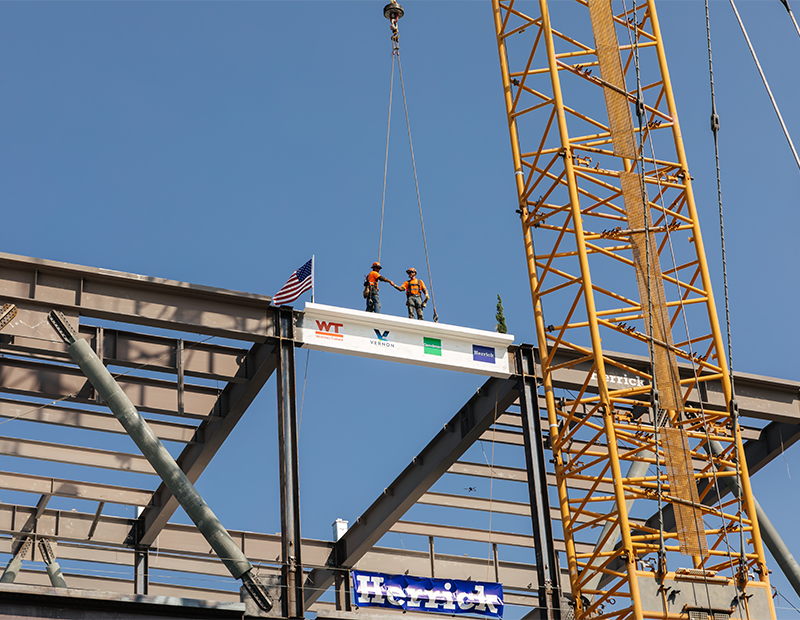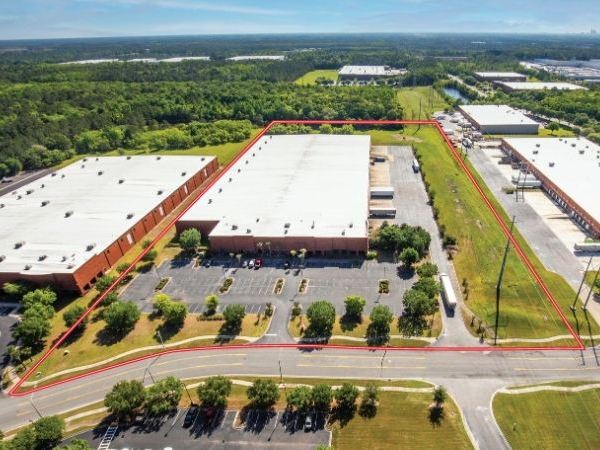The Price of Worsening Sea Level Rise for CRE
A new study confirms the risks, and it’s time for the industry to get ready, experts say.
Rising sea levels over the next three decades will have an equally devastating impact on U.S. coastlines as they have had over the last 100 years, according to the 2022 Sea Level Rise Technical Report, a new study released by the National Oceanic and Atmospheric Administration’s National Ocean Service.
The news is not lost on the commercial real estate industry, which will ultimately find the ravages of the surging waters inescapable.
“The commercial real estate industry is pricing in and planning for sea level rise, and elevation is the name of the game,” Emily Lamond, a member in the environmental department at law firm Cole Schotz told Commercial Property Executive. “Land, buildings, roads, substations and other critical infrastructure are finding higher ground in coastal areas.”
One of the most striking findings of the report is that the sea level along the contiguous U.S. coastline is anticipated to rise 10 to 12 inches on average between 2020 and 2050, marking the same level of increase that occurred over the 100-year period between 1920 and 2020. The Gulf Coast will experience the most extreme relative sea level rise, 3.9 to 5.9 inches higher than the projected sea level rise for the contiguous U.S., or CONUS, coastline. Conversely, the West Coast will be least affected, with a relative sea level rise 3.9 to 5.9 inches lower than the CONUS coastline.
READ ALSO: Why the Chip Shortage Is a Boon for US Markets
Along with the rising sea level, commercial real estate will have to contend with the increased flooding that will result from higher sea levels. By 2050, the increase in tide and storm surge heights will cause a shift in coastal flood regimes and as a result, major and moderate high tide flood events will transpire as often as moderate and minor high tide flood events currently take place.
Industry in action
The National Ocean Service’s report only reinforces what the commercial real estate industry has long been aware of—environmental challenges can have both a direct and indirect impact on the property market. With regard to rising sea levels, the industry is already taking steps to protect commercial real estate.
“Tenants, buyers, lenders and investors are looking for smart sustainable buildings and the market is responding,” Lamond said. “Developers and their engineers are bringing in dirt to raise elevation, keeping an eye on FEMA mapping, increasing freeboard, managing stormwater and more.”
The commercial real estate industry, however, cannot act alone to tackle the mounting impact of rising sea levels on properties. Government, at every level, has to be involved.
“Municipal planning boards and building departments, as well as state permitting agencies, are also big drivers,” Lamond added. “They are increasingly stretching the limits of their statutory authority to push for certain elevation, barrier, stormwater management and other flooding mitigation measures.”
Looking forward, according to the National Ocean Service report, the best way to make plans to adapt to the rising sea level is to continuously track how and why it is changing. The organization is doing just that—monitoring alterations in the ongoing rise in sea levels through the latest technology, utilizing such instruments as satellites to stay abreast of important markers, including ocean levels and ice sheet thickness.
See full report here.








You must be logged in to post a comment.